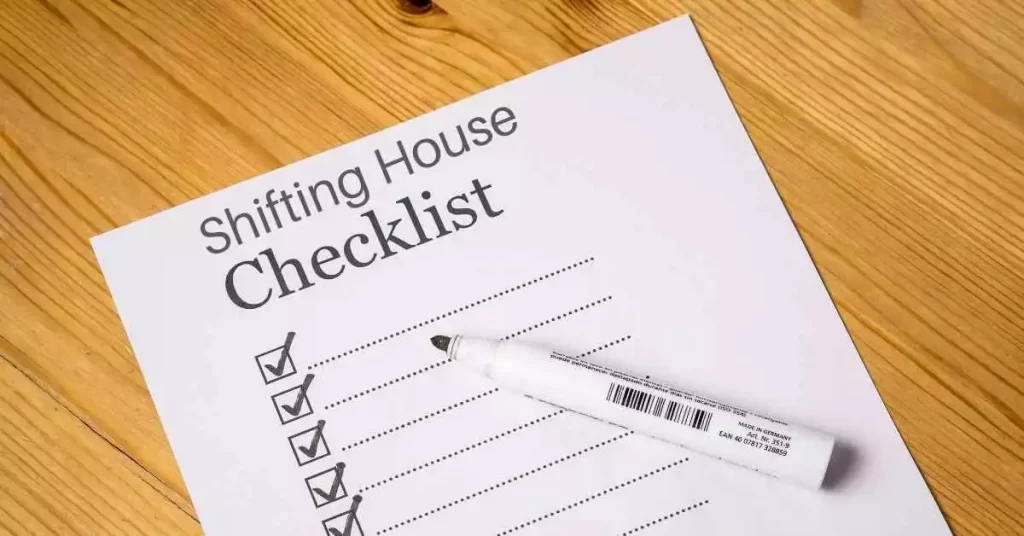House Shifting Checklist

House shifting is the process of moving to a new location. It may be within the same neighborhood, a different city, or even a different country. There are many factors to consider when making the move. It is important to understand the benefits and drawbacks of each stage, as well as the process involved.
House shifting can be a stressful and emotional experience. It’s important to plan ahead so you can avoid unnecessary hassles and stress on moving day. The earlier you start the planning process, the more time you’ll have to get everything done. Use our ultimate house shifting checklist to plan your move effectively and avoid any unforeseen circumstances.
Using a reputable service is the most cost-effective option for moving your household items. Make sure you know the costs before hiring a company. Remember that moving costs are dependent on the extent of planning and execution, and a lot of time and effort goes into packing and loading the items properly. Also, be sure to check for extra services like transit insurance, warehousing and storage, and toll charges. By using a reputable company, you can be assured that your goods will be transported safely and securely.
After the move, submit a change of address form with your new address and supporting documents. These documents can include a tax receipt or sale deed. Some banks require you to upload a document stating your new address. This document is considered valid for about 30 days after the home shift. During this time, a team will review your change of address request.
A quality household shifting service provider will use the latest equipment to transport your goods safely. The tools and equipment used by a household shifting company include moving dollies, hand trucks, and moving straps to ensure your goods are packed safely and unharmed. They also use moving dollies and furniture sliders to ensure the safety of your possessions.
It is imperative to update your Aadhar card address after house shifting. In addition, you must change your bank communications address. You can do this online or offline. In addition to making these changes, you must also update your electricity bill. Keeping these details updated is important for a seamless house shifting process.
Another sign of foundation shifting is cracked walls. Depending on the cause, house shifting can cause your walls to pull away from the floor and ceiling. Your floors may also slope. While small cracks in the walls are normal, larger cracks should be checked by a foundation repair specialist. Bowed walls, in particular, are typically caused by hydrostatic pressure and expansive soil.
House shifting may be caused by many reasons, and it is important to understand the causes. Some of the most common causes are poor construction or poor foundation work. Uneven floors or cracked pipes are also signs of shifting, but it can be difficult to notice immediately.








